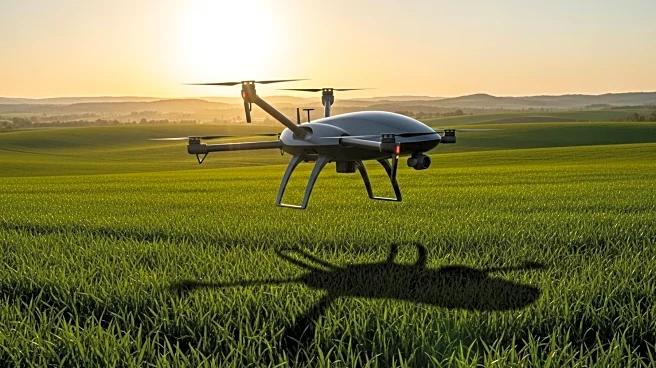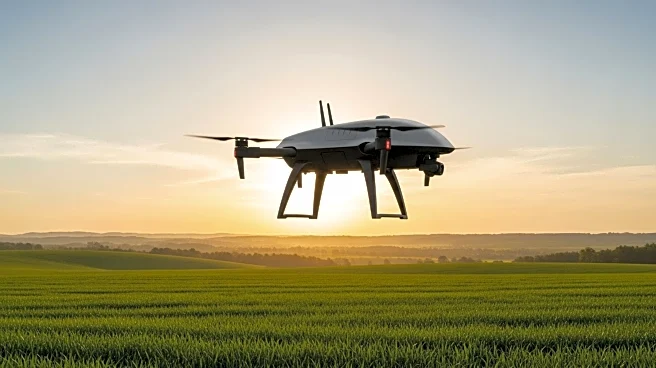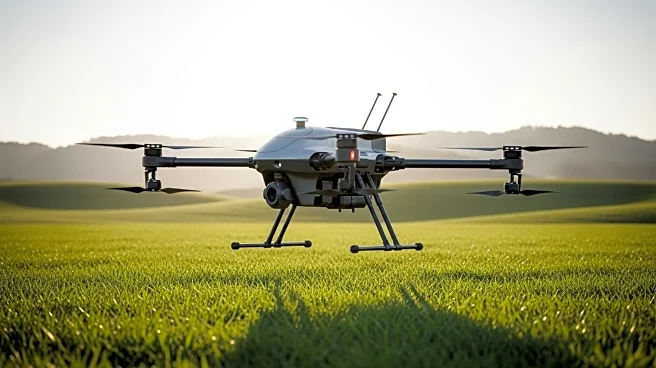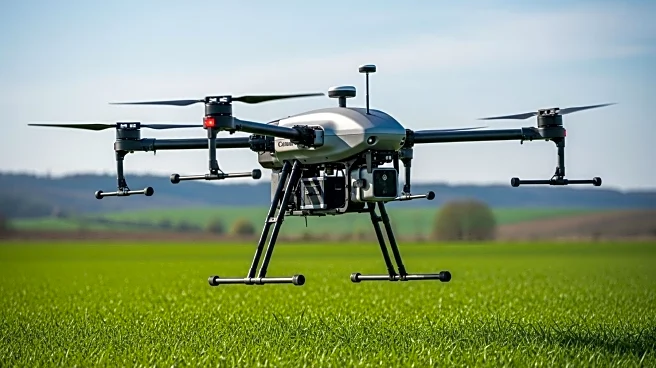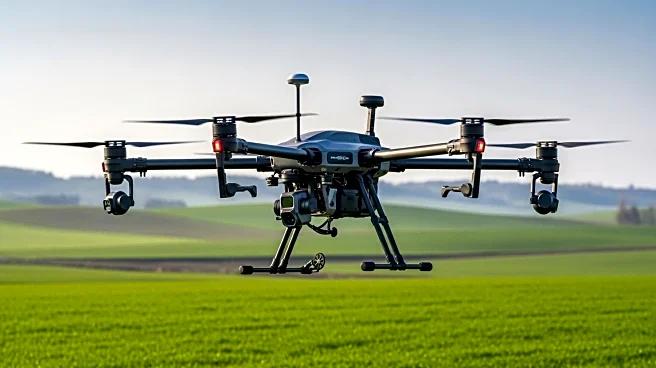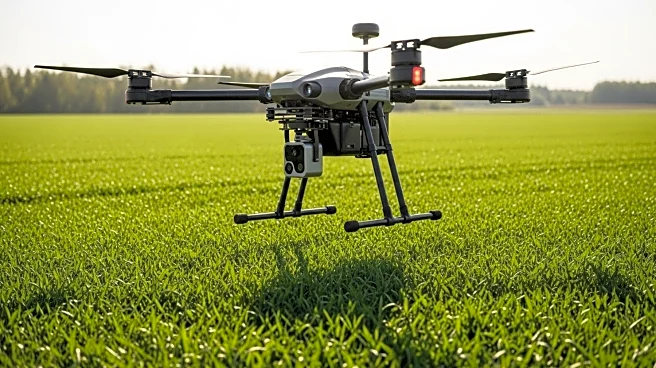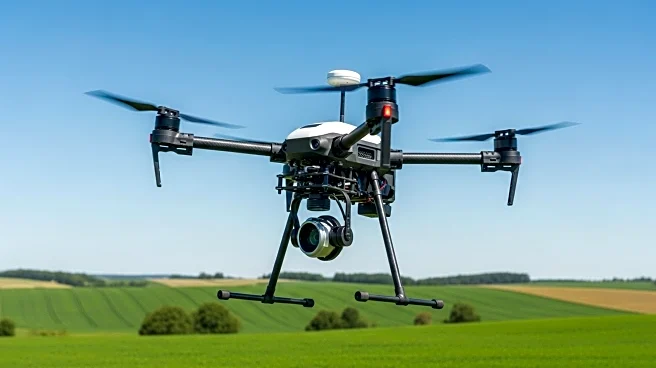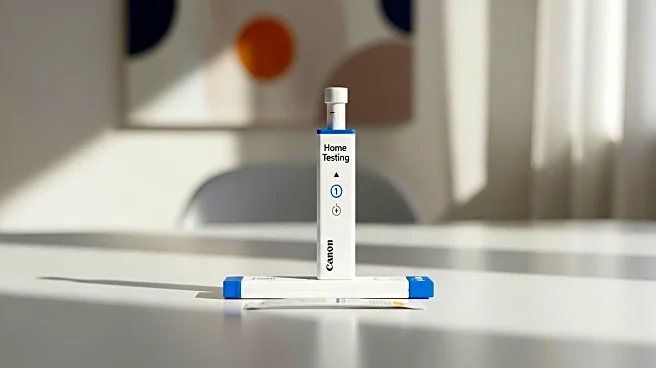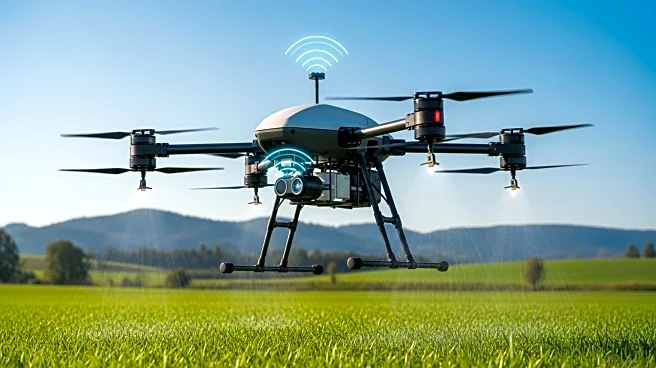What's Happening?
The drone market is projected to experience significant growth across various sectors, including agriculture, military operations, and land surveying. According to industry analysis by Fact.MR, the market is expected to be valued at USD 1.97 billion in 2025 and grow to USD 11.49 billion by 2035, with a compound annual growth rate (CAGR) of 19.3%. Technological advancements in LiDAR, thermal imaging, and real-time data streaming have enhanced the safety and efficiency of drone surveying. Drones are increasingly utilized for tasks such as aerial photography, infrastructure inspection, and wildlife conservation. The demand for high-precision geospatial intelligence is driving adoption in sectors like mining, agriculture, oil & gas, and infrastructure, enabling cost-efficient scalability across vast areas.
Why It's Important?
The expansion of the drone market is significant for several industries, as it offers enhanced capabilities for data collection and analysis. In agriculture, drones can improve crop monitoring and management, leading to increased yields and reduced resource usage. Military applications benefit from improved reconnaissance and surveillance capabilities, enhancing national security. The construction and environmental monitoring sectors can leverage drones for precise mapping and inspection, reducing human risk and increasing efficiency. The integration of drones with AI analytics and IoT systems is transforming traditional surveying processes into dynamic, data-driven ecosystems, offering real-time decision-making capabilities.
What's Next?
The continued growth of the drone market is likely to spur further technological innovations and regulatory developments. Companies like ZenaTech are actively participating in investor conferences to showcase advancements in drone technology and its applications in defense and commercial sectors. As demand for drones increases, regulatory bodies may need to update laws to ensure safe and efficient drone operations. The collaboration between drone manufacturers and AI technology providers is expected to drive further advancements in autonomous flight capabilities and data processing.
